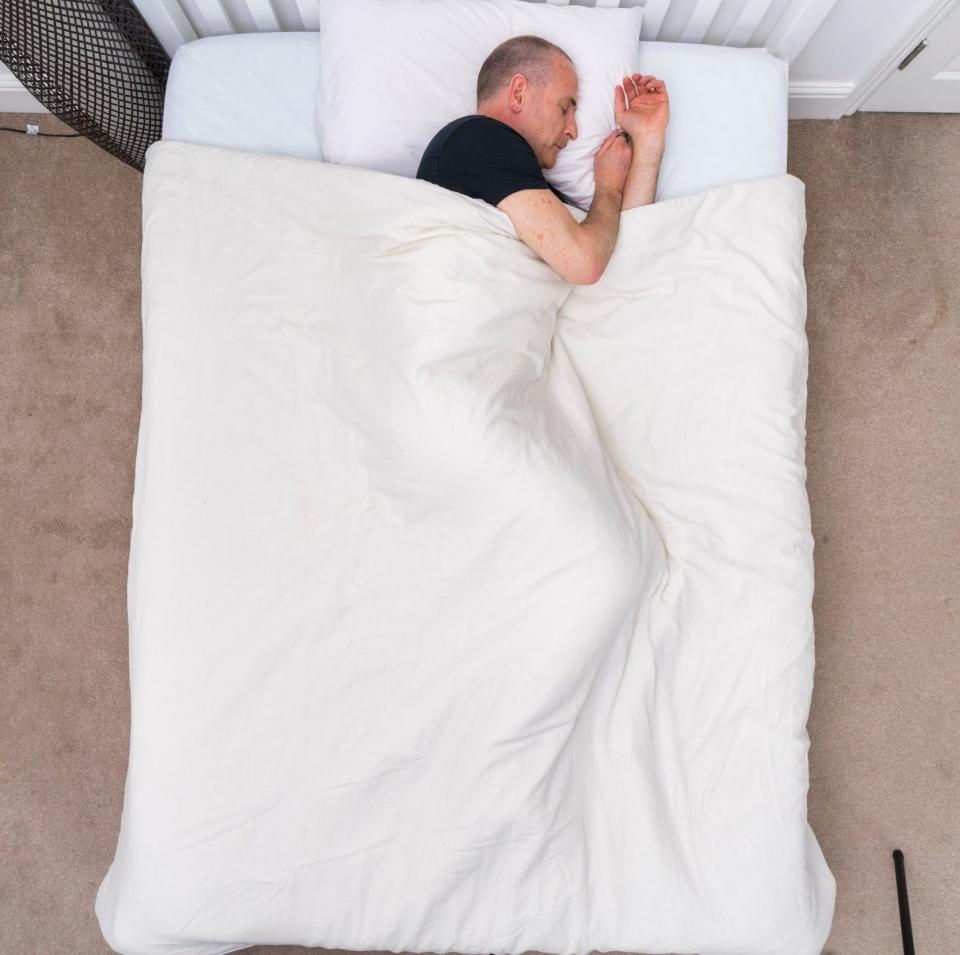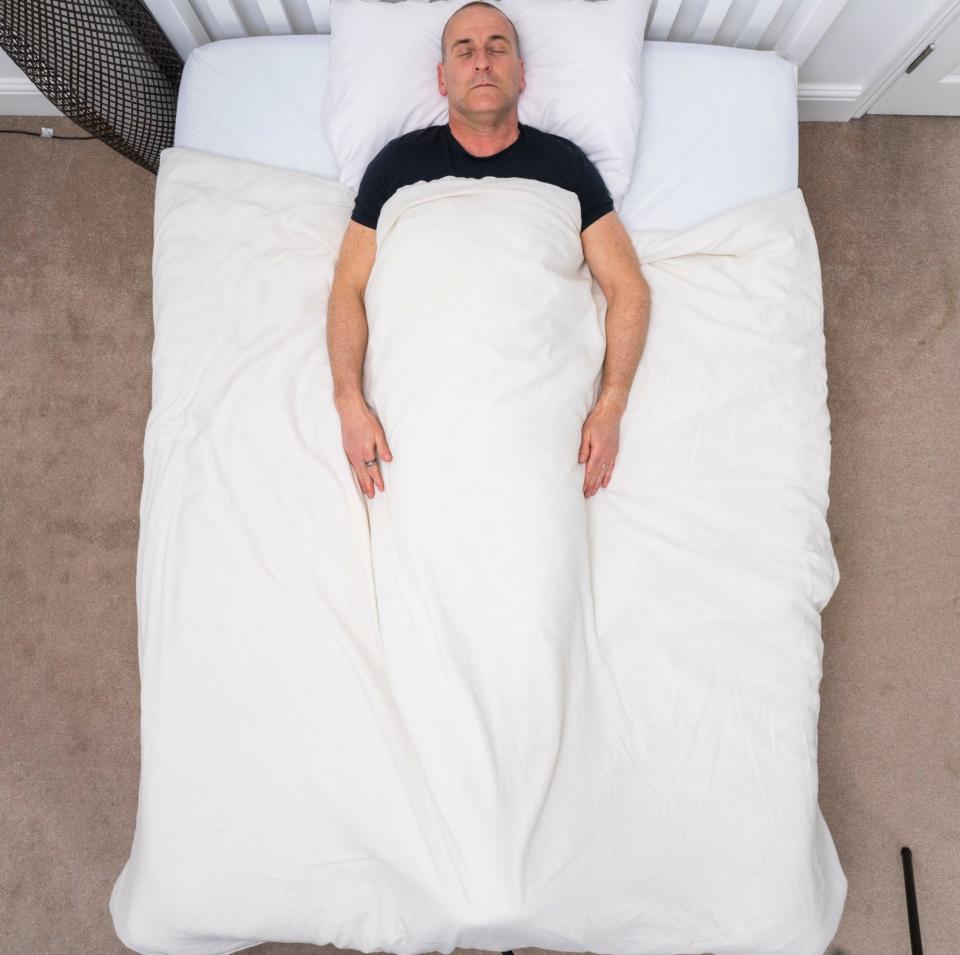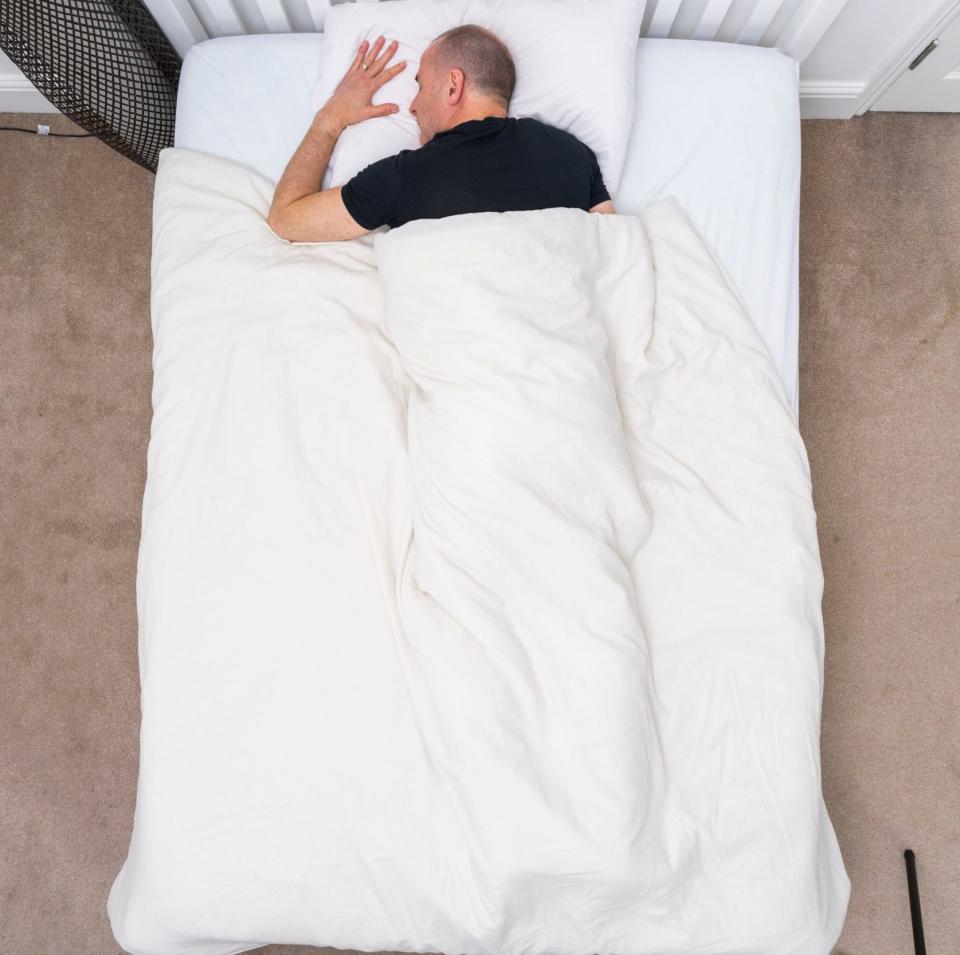
How many of us monitor our sleep posture? We have a favourite position; we fall asleep and that’s generally as far as it goes. But sleep position can have profound implications not only for the quality of sleep, but also for long-term health. Indeed, in the worst-case scenarios, a bad sleep posture may be slowly killing you.
Despite the impact sleep posture can have on conditions such as dementia and heart disease, research is limited and tends to focus on aches and pains. But back pain is just one implication of an unsuitable sleep position.
Chartered physiotherapist, sleep expert and author of The Good Sleep Guide, Sammy Margo, explains: “Sleep positions can significantly affect your overall health, comfort, and the quality of your sleep. Each position has its pros and cons and understanding them can help you make adjustments for better sleep and health outcomes.”
Dr Kat Lederle is a sleep scientist and the author of Sleep Sense. She points out that lifestyle factors in the day are usually the cause of postural problems at night.
“What you do in the day generally triggers the pain and discomfort that is felt when you sleep in certain positions. One of the most common contributing factors to this is a sedentary lifestyle, so it is important to move regularly during the day.”
The health risks of your sleep position – and how to mitigate them
Side sleeping

Side sleeping is the most common position but there are health implications for certain people depending on whether they lie on their left or right side.
It is advised that pregnant women and anyone who suffers from acid reflux or gastroesophageal reflux disease (GERD) or other gut problems sleep on their left side.
“This is because the stomach is lower than your oesophagus,” explains Margo.
People with heart conditions, on the other hand, are advised to try sleeping on their right side to alleviate pressure on the heart. Studies show that when people lie on their left side the position of their heart shifts due to gravity. This causes changes in the heart’s electrical activity. Tissues and structures between the lungs hold the heart in place when you sleep on your right side.
Sleep position may also have an impact on brain health. During sleep the brain’s glymphatic system “washes” waste toxins away from the brain. There is evidence that suggests this process works better when we sleep on our right side.
“That is potentially of interest to people at risk of dementia or Alzheimer’s or any kind of neurodegenerative disease,” says Lederle.
Postural problems can occur with side sleepers depending on body shape, as Margo explains. “Women with hourglass figures sleeping on a soft mattress will sink into a banana shape and that will cause a strain on the spine and hips. While men who side-sleep can tend to get more pain in their shoulders as they get older and their muscles weaken.”
Side sleeping can also cause wrinkles and breast sagging because the skin on the face can get pressed against bedding and gravity can pull breast tissue and stretch skin.
One 2022 study by Beijing Forestry University and Chenzhou Vocational Technical College looked at the relationship between sleeping position and sleep quality. It used flexible wearable sensors to monitor sleep position and turning frequency. It concluded that subjects without sleep disorders who prefer to sleep on their side will sleep better than those who like to sleep on their back and that a higher frequency of turning during sleep will reduce sleep quality.
Another study published in 2021 looked at relationships between sleep posture, back pain and quality of sleep. It reported that positions in which the spine was twisted can cause tissue microdamage and muscle spasms. The study compared common positions such as supine (back sleeping), provocative side lying (where the sleeper twists at the hip with one leg over the other), protected side lying (where the sleeper places a hand between the thighs and crosses the other arm over the chest), and prone (front sleeping).
It concluded that while it is not known if sleep posture is a risk factor for acute onset or recurrent back pain, participants with symptoms and stiffness in the morning spent more of the night in provocative (i.e. twisted at the hip) sleep postures.
To mitigate some of the problems associated with side sleeping Margo recommends using a thick pillow to align the head and neck with your spine and placing a pillow between your knees to support your hips and reduce strain on your lower back.
Back sleeping

One of the most common health problems associated with back sleeping is sleep apnoea, a condition whereby the soft tissue at the back of the throat relaxes and collapses the airway causing snoring and interrupted breathing.
Lederle explains: “This has implications for wider health and often goes hand in hand with obesity. It disrupts the continuity and quality of sleep. It can lead to tiredness, which can be a problem for people driving. There are also physical health implications. We know that poor quality sleep raises the risk of diabetes, heart disease and other comorbidities. Sleep apnoea opens the door to all these other conditions.”
One way to try to lessen the problem is to sleep in an elevated position.
However, for those who suffer from back and neck pain, back sleeping is often the best option.
Margo says: “The optimal position for spine alignment is lying on your back with a pillow under the knees to soften the back. This position preserves the natural contours of your spine. It can also minimise wrinkles.”
She also points out that for those who do not suffer from sleep apnoea, back sleeping can be a good position to train yourself into as you get older as back sleepers tend to have less back pain and back sleeping is also required for post-operative patients.
Front sleeping

While stomach sleeping may reduce snoring because it can help keep the airways more open than back sleeping, it is the position most likely to lead to increased neck and back pain.
“Twisting your neck to the side puts strain on your neck, and stomach sleeping can also arch your spine,” explains Margo.
“Direct pressure on the face can contribute to wrinkles over time,” she adds.
To help alleviate postural pain front sleepers are advised to use a thin pillow or no pillow at all to keep the neck in a more neutral position and to place a pillow under the pelvis to help keep the lower back supported.
How to change your sleep position
It is normal to move around at night, some people are more active than others and if you move, it is not always indicative of problematic sleep.
If you want to change your regular sleep position, gradually train yourself. For example, if you want to change from a back sleeper to a side sleeper lie on your favoured side for five minutes the first night and then roll onto your back. The following night increase to six minutes, then seven and so on. Start slowly and build up until you get used to the position.
EMEA Tribune is not involved in this news article, it is taken from our partners and or from the News Agencies. Copyright and Credit go to the News Agencies, email news@emeatribune.com Follow our WhatsApp verified Channel









